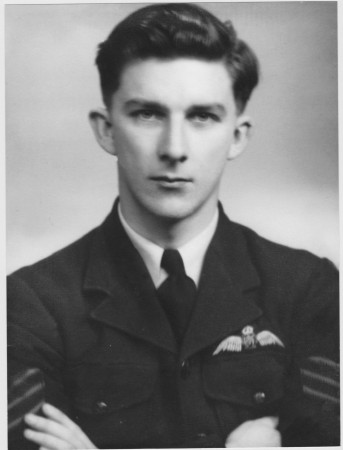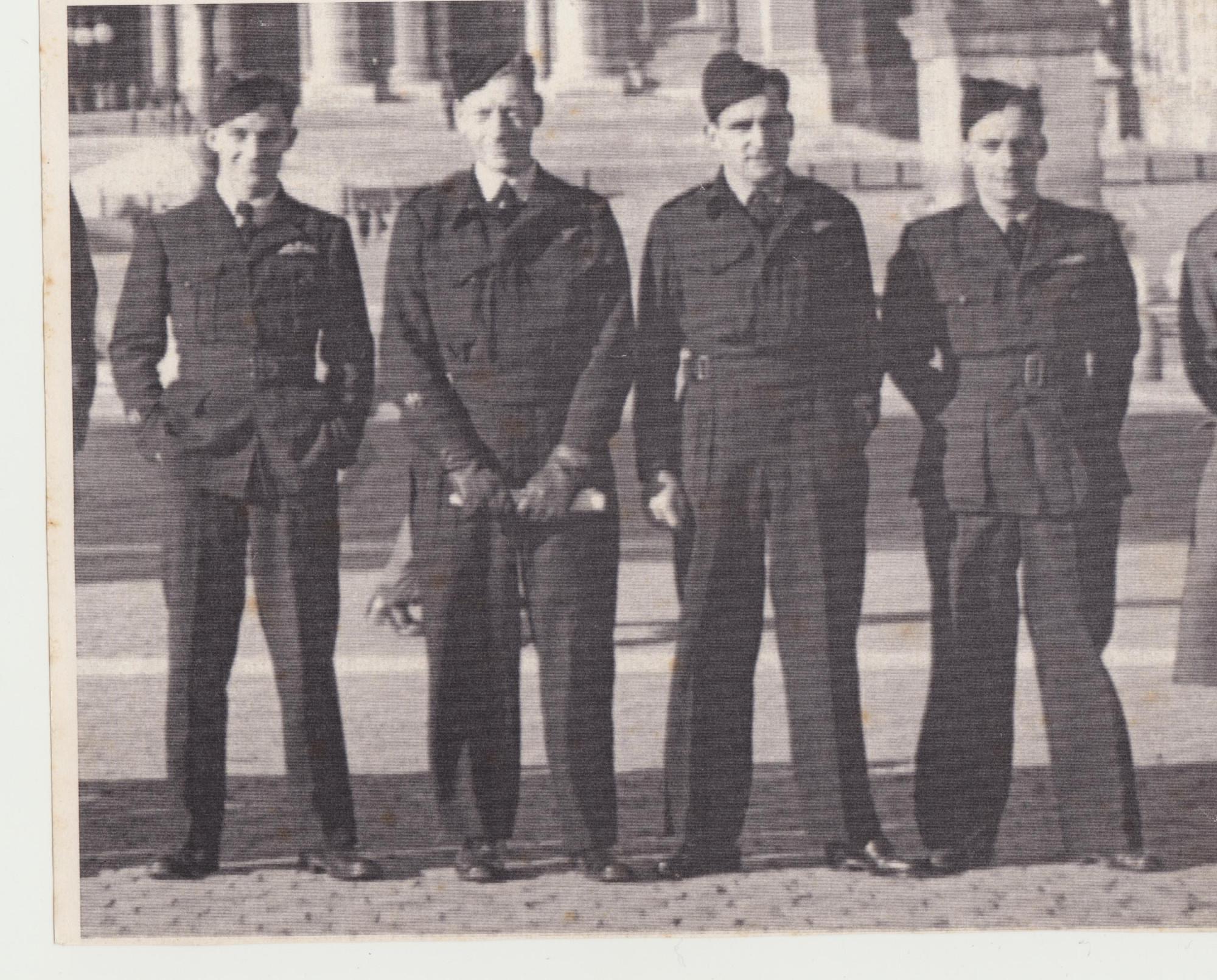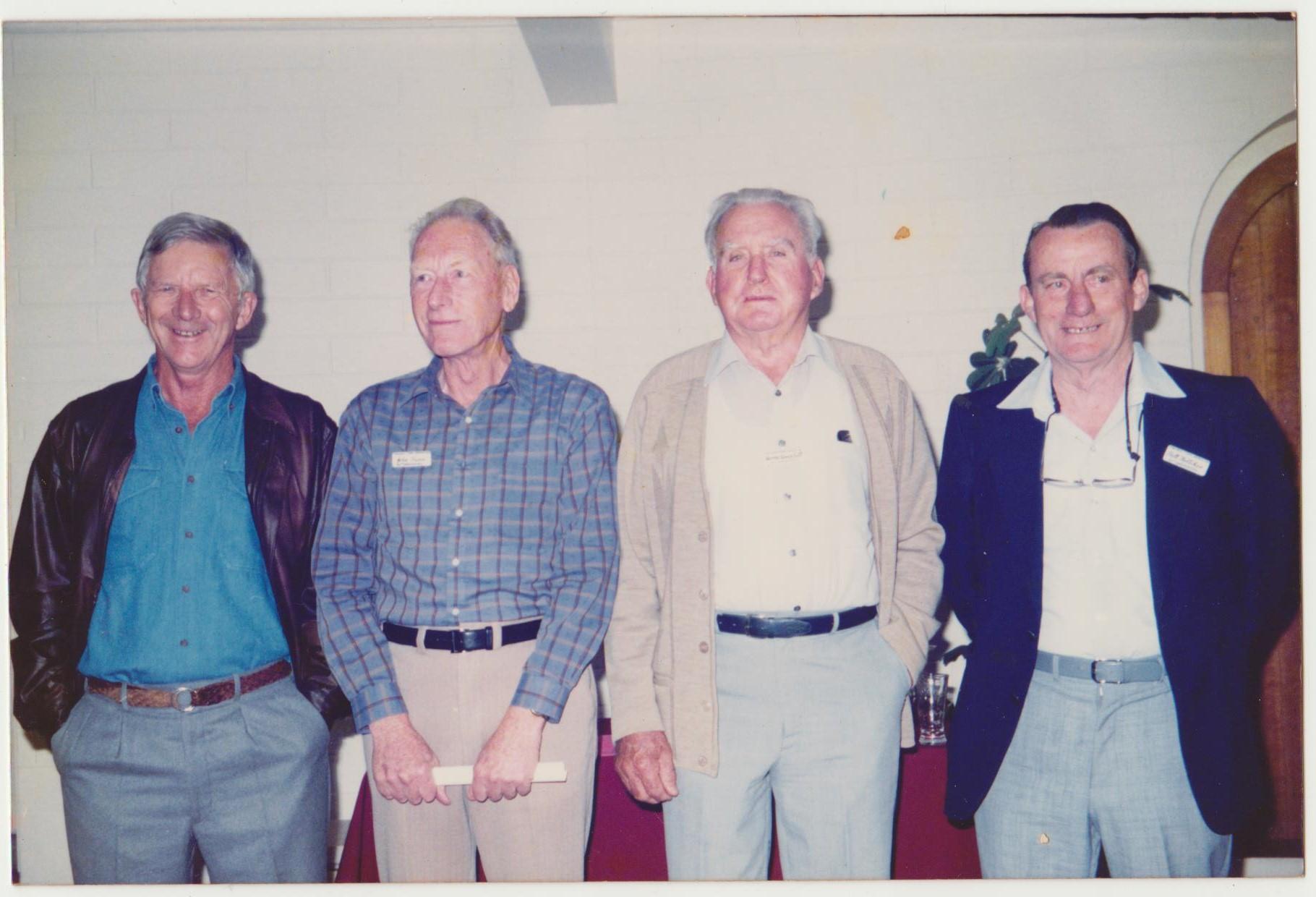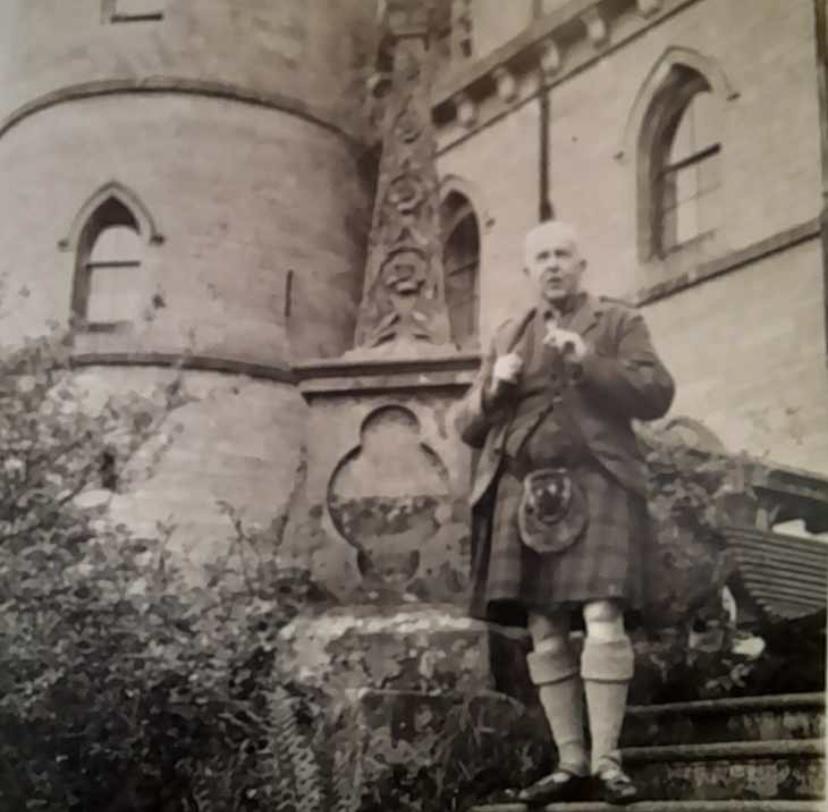PILOT OFFICER 'BILL' W. E. TURIER SERVICE NUMBER 422767
Bill Tourier London, circa 1943
Bill Turier was my co-pilot for the whole of my service with 458 Squadron RAAF until we were classified as ‘tour expired’ when stationed in Italy as the war in Europe was coming to an end. We first met on the RAF Station at Withy Bush (Near Haverfordwest) in Wales. It was an Operational Training Unit and having just returned from the Middle East after a spell on Beauforts there, I was converting to Wellingtons. I knew nobody when I arrived there and as I needed to recruit a crew, was fortunate to recruit an excellent team of WAGs, John Dunn, Horrie Campbell, John Longford and Navigator Cliff Hayward.
About a week later, Bill arrived fresh from training as a fighter pilot and completed the crew. We all appreciated his unassuming ways and impish sense of humour and his dedication to task at hand. We were a diverse group (farmer’s son, master builder, apprentice pharmacist, bank officer, factory tester and a Queensland boundary rider) but we all trained well together and three months later were considered to be an efficient Coastal Command crew.
By the end of Jan 1944 we were provided with a brand new Wellington fitted with all the latest equipment for finding and destroying submarines and shipping and off we went to 458 Squadron which was then stationed at Bone in Algeria, by way of Rabat Sal in Morocco. Bill provided help to the navigator on the long journey to Rabat. We were buffeted by a severe Atlantic storm which rendered the wind forecasts useless and needed a new position point if we were to make a safe landfall. Bill had learnt enough astro navigation to use a bubble sextant and was able to provide two good star sights which the navigator used to get us back on course. The role of 458 and other maritime squadrons was to clear the western Mediterranean of submarines and other hostile craft, as a necessary prelude to the invasion of southern France.
Bill had many duties to keep him busy; firstly acting as flight engineer, to monitor engine performance and remember to pump lubricating oil to each engine every hour, and to prepare and launch flares down the flare chute when required. When a radar contact was obtained he would man the Leigh Light controls, lower the searchlight and set the depth charges to ‘live’. All this was carried out at low level, usually at night and often in atrocious weather conditions. Bill was a steady man under fire. On one memorable occasion we were on a reconnaissance sortie along the Italian coast near Genoa when we got boxed in an AA barrage and I decided the only chance of escape was to dive at high speed and head further out to sea. I only had time to yell “brace”, as by this time I was treating our poor old Wimpy like it was a Spitfire. Bill was launching flares at the time so his intercom was disconnected , but he crawled along the floor (to beat the G forces) to the pilot’s station, grabbed my arm and pointing urgently to the instrument panel shouted “airspeed”. It was showing 90 knots and falling towards the stalling speed of 80 kt. I was able to convince him the needle was on its second time round the clock and we were then able to attend to the delicate task of getting ourselves out of the high speed dive we had gotten ourselves into. When we had sorted ourselves out Bill’s sardonic comment was “you know, skipper, I think those people were trying to kill us”. There were numerous occasions when Bill’s steady nerve and dedication to the task served us well.
When the allied forces had secured the island of Sardinia 458 Squadron moved to the airfield at Alghero to enable us to give close support to the forces in the invasion of southern France which took place on August 15 of 1944. We felt we may have been of some help there as the landings went ahead with surprisingly low casualties. Some months later, when General Patton and his armies were well on the way to Paris, it was considered that 458’s services were needed over the other side of Italy where the British eighth army was under some pressure from troops supplied from Adriatic ports. So 458 moved to Foggia which by now was a complex of several airfields and from here we had a satellite field at Ancona, where we continued our anti shipping activities until our crew was classified as ‘Tour Expired”.
The Squadron then left us, and went to Gibraltar where there was still a bit of “trade” out in the Atlantic. We finally found our way to Cairo and were separately posted to non- combat duties. It was a sad time for us all as we had been through a lot together without any friction developing in that time. Our friendship has remained strong over the post war years and I now feel as if I have lost a twin brother in William Edward Turier, who died on 24th December 2014 aged 92, sadly missed by wife Dorothy and children. Obituary for Bill Turier by Bill Kelliher. Also, Bill Turier is mentioned on pages 210, 226 in the Official Squadron History Book, 'We Find and Destroy' (current 2002 edition).
"Dear Roland/458 family, this note is to inform you that Bill Turier passed away on 24th December 2014, peacefully at home after some time of slowing down, with mild dementia and congestive heart failure. I would also like to confirm that Bill Kelliher has written Bill's obituary. We have enjoyed the many newsletters, other publications and various '458' events through the years, and I would like to thank all the people who have made 458 a memorable and endearing part of our lives. Thank you to all members of this very fraternal organization. Yours sincerely, Dorothy Turier and family"





